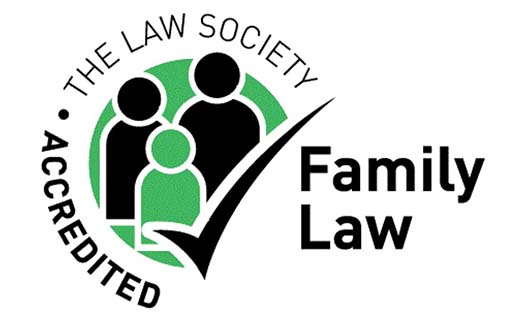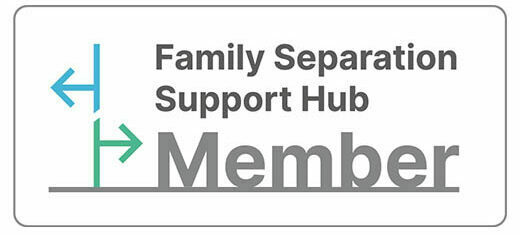According to official Government figures, 2.3 million people in the UK experience domestic abuse every year. While this is a shocking and very worrying statistic, efforts are being taken to reduce the number of people who feel unsafe in their homes, or at risk by those who they should be able to rely on. These efforts, along with how the UK approaches domestic violence, are outlined in the Domestic Abuse Act 2021.
The Law on Domestic Violence in the UK
The Domestic Abuse Act 2021 strives to achieve three distinct things:
- Raise awareness of domestic abuse, and the impact it can have
- Increase efficiency in protecting victims and addressing abuse
- Provide better support for victims of domestic abuse across the UK
One of the most important things that the Domestic Violence Act 2021 sets out to achieve, however, is defining what domestic abuse really is. The Act features the nation’s very first standardised description of domestic abuse, which is building the necessary foundations to identify, address, and reduce abuse in the future.
The Act defines domestic abuse as any malicious behaviour that is:
- Physical
- Sexual
- Violent
- Threatening
- Controlling
- Coercive
- Psychological
- Emotional
- Of an economic nature
To meet the criteria of domestic abuse, the behaviours must be demonstrated between ‘personally connected’ people. This does not just refer to couples who are married, living together, or in a relationship, but also to former couples, to parents of the same child, and to family members including parents, aunts, uncles, and cousins.
Through this definition, it is hoped that many people will find it easier to recognise when they themselves are in an unsafe situation, realising that behaviours don’t have to be physical, or between couples, to be considered a form of abuse.
A Brief History of the Domestic Abuse Act
The origins of the Domestic Abuse Act in the UK can be traced back to the Domestic Violence and Matrimonial Proceedings Act 1976, aiming to help protect ‘battered wives’. Of course, the failings of the Act are clear, with the legislation assuming that domestic abuse was present only between married women in a patriarchal family system. While the Act did its job in the 1970s, it quickly became irrelevant as the traditional UK family evolved from the standard husband, wife, and 2.4 children.
Changes came in 1996 with the Family Law Act, which extended the legislation to include abuse amongst non-married couples. Again, the flaw is clear to see. The new Act focused heavily on adult relationships, failing to consider all victims.
Finally, the Domestic Abuse Act as we know it today came into force in 2019, with new changes being approved in 2021 to provide support to even more victims.
The Latest Changes
The 2021 edition of the Domestic Abuse Act includes some positive steps in the right direction, including recognising children as victims in their own right if they have been involved in a domestic abuse situation between their parents. Previously, children involved in a situation, but not directly abused themselves, had been considered to be ‘witnesses’ to the abuse, rather than victims of the abuse.
Another major change is the extension of what the term ‘domestic abuse’ refers to from a legal perspective. For the first time, coercive and controlling behaviour – including forms of financial abuse such as financial control and economic abuse – are included under the Act. Previously, these forms of abuse were only covered under the Serious Crime Act 2015. Now classified as domestic abuse, it is hoped that victims of coercive control will be able to access the vital support that they need.
What Does the Domestic Abuse Act Mean for Victims?
The Domestic Abuse Act means that there is help available for victims. Under the Act, police have the power to issue a Domestic Abuse Protection Notice, or DVPN, which can provide instant protection for victims by requiring abusers to vacate the home for up to 48 hours, providing time for the victim to find a safe space. Under the Act, victims can also access safe accommodation away from their abuser.
The Future of the Domestic Abuse Act
With rates of domestic abuse in the UK rising rapidly over the COVID-19 lockdown, the Government appears to be taking domestic abuse more seriously than ever before, and we expect to see even more changes being introduced in the future.
At National Legal Service, we are hoping to see the Act be further extended to include equal protection for migrant women; something which is already underway with the Support for Migrant Victims Scheme. It is hoped, however, that abuse amongst migrants will fall under the Act in the near future, as every person deserves to be able to live a life free of abuse, and free of feeling threatened or harmed.










